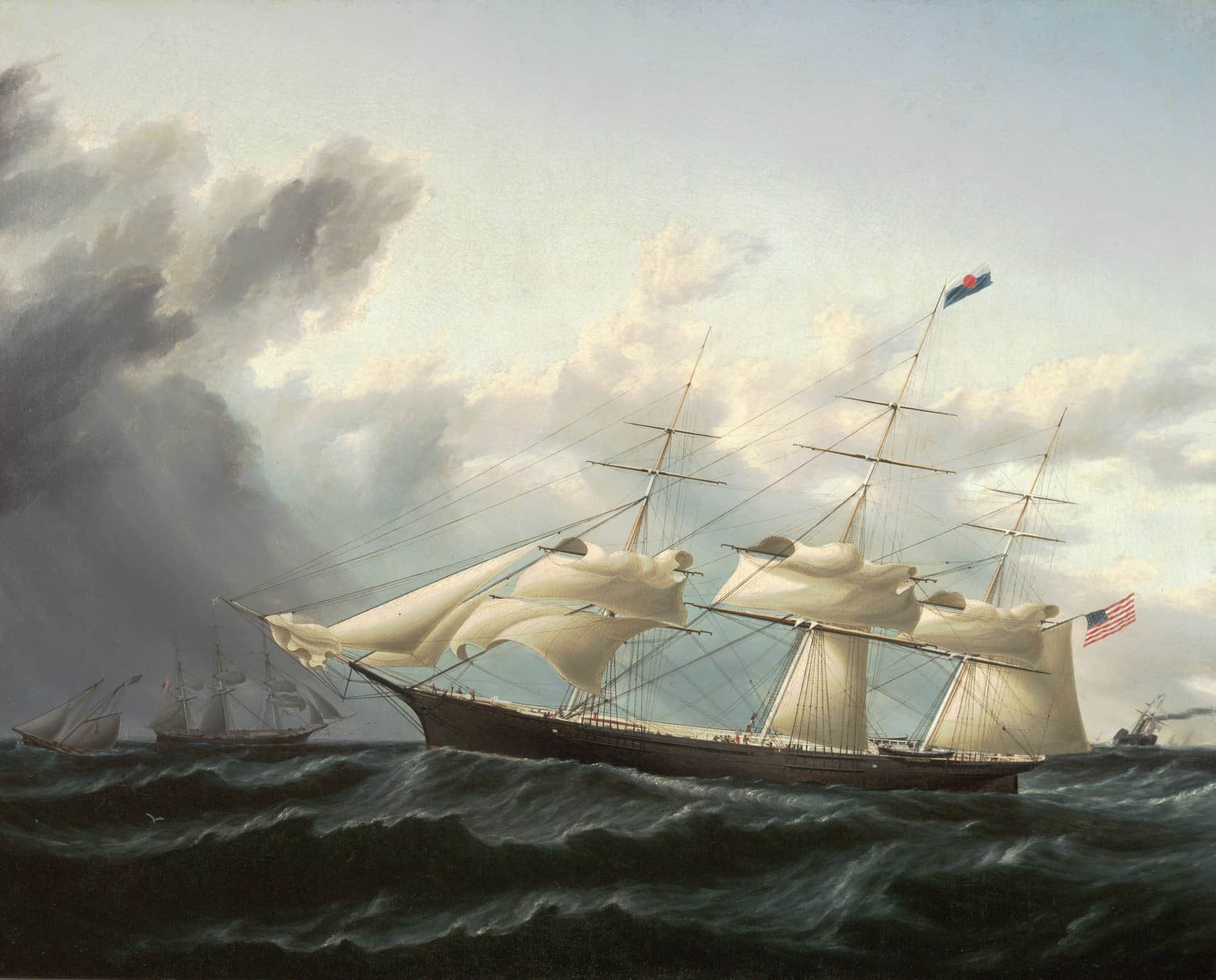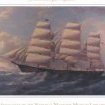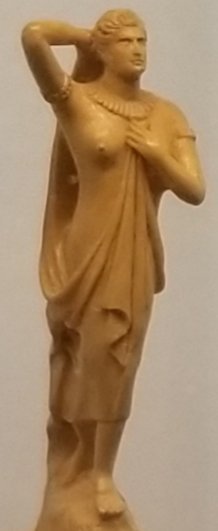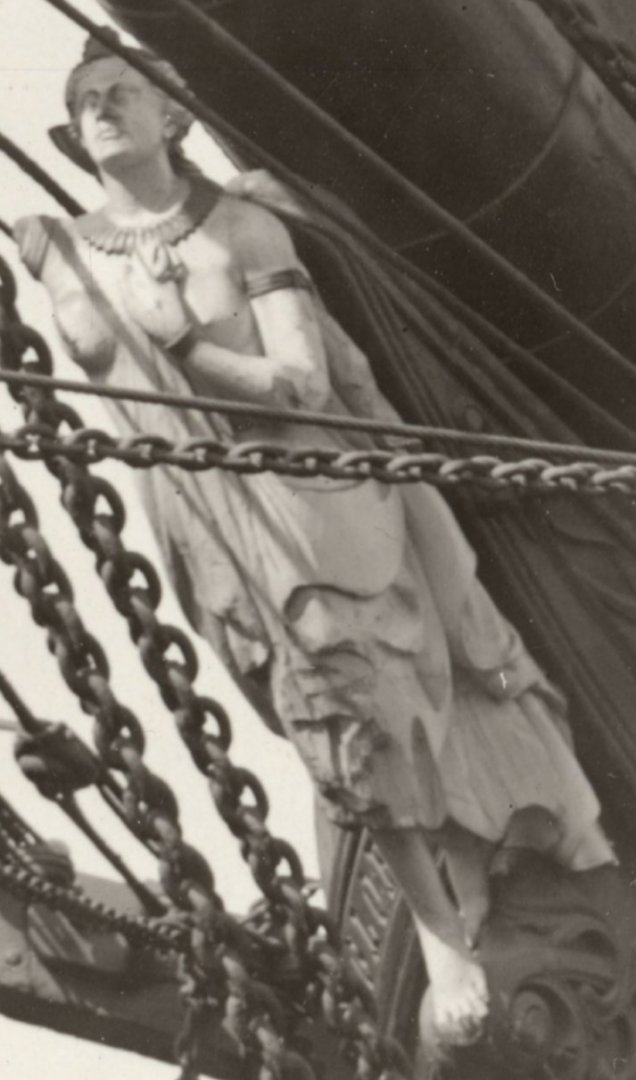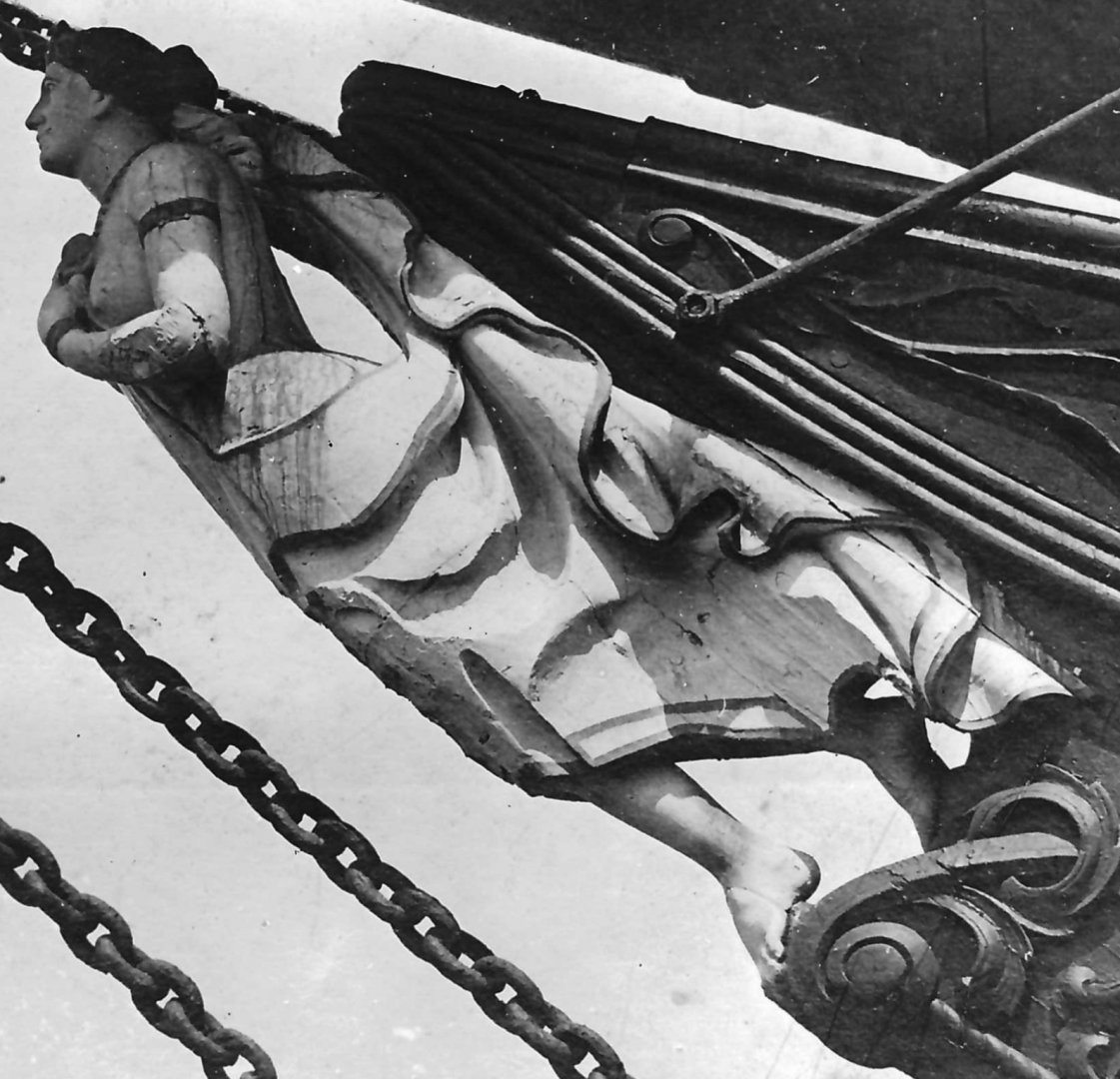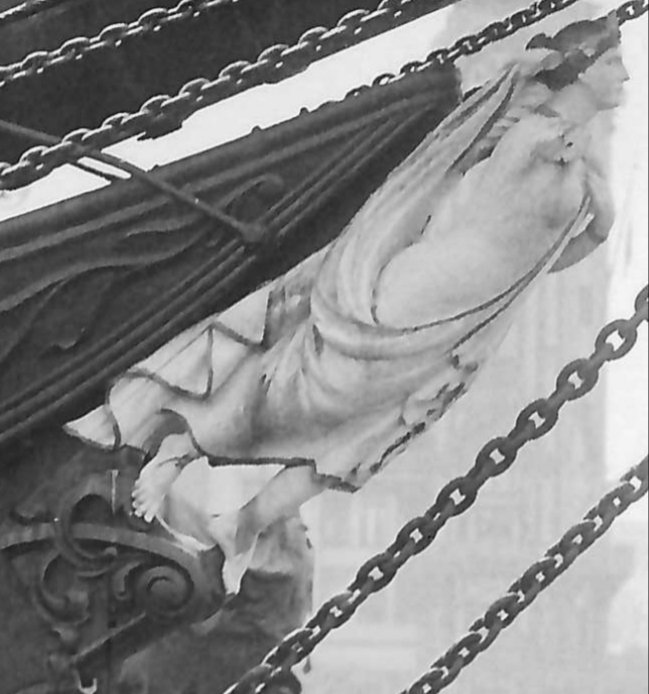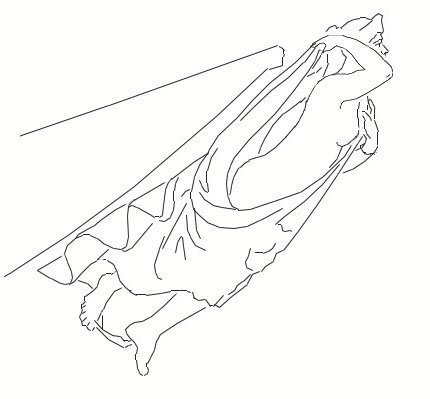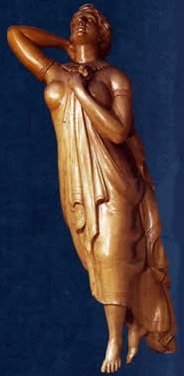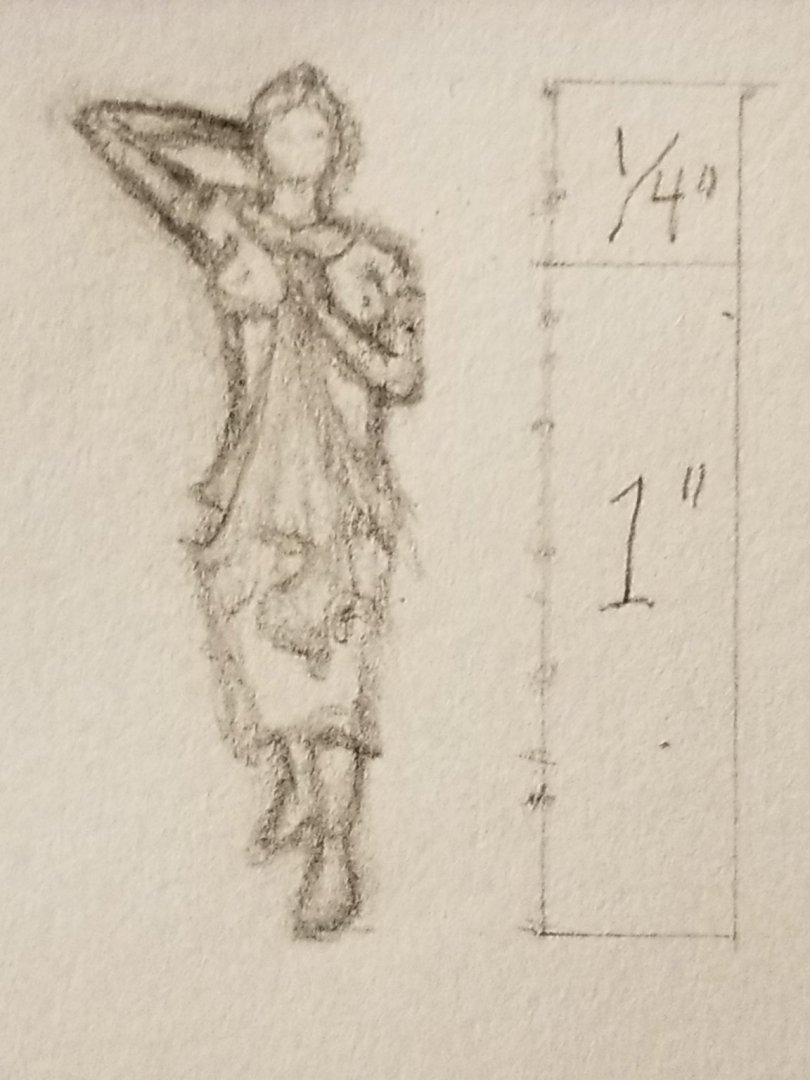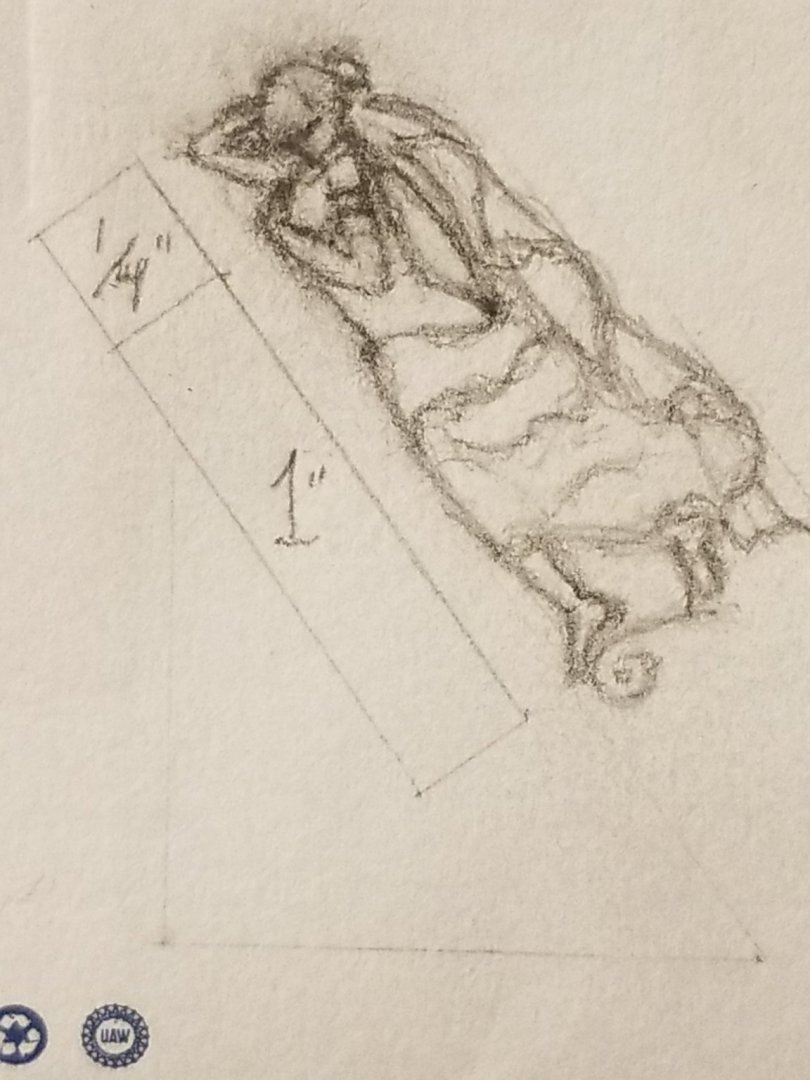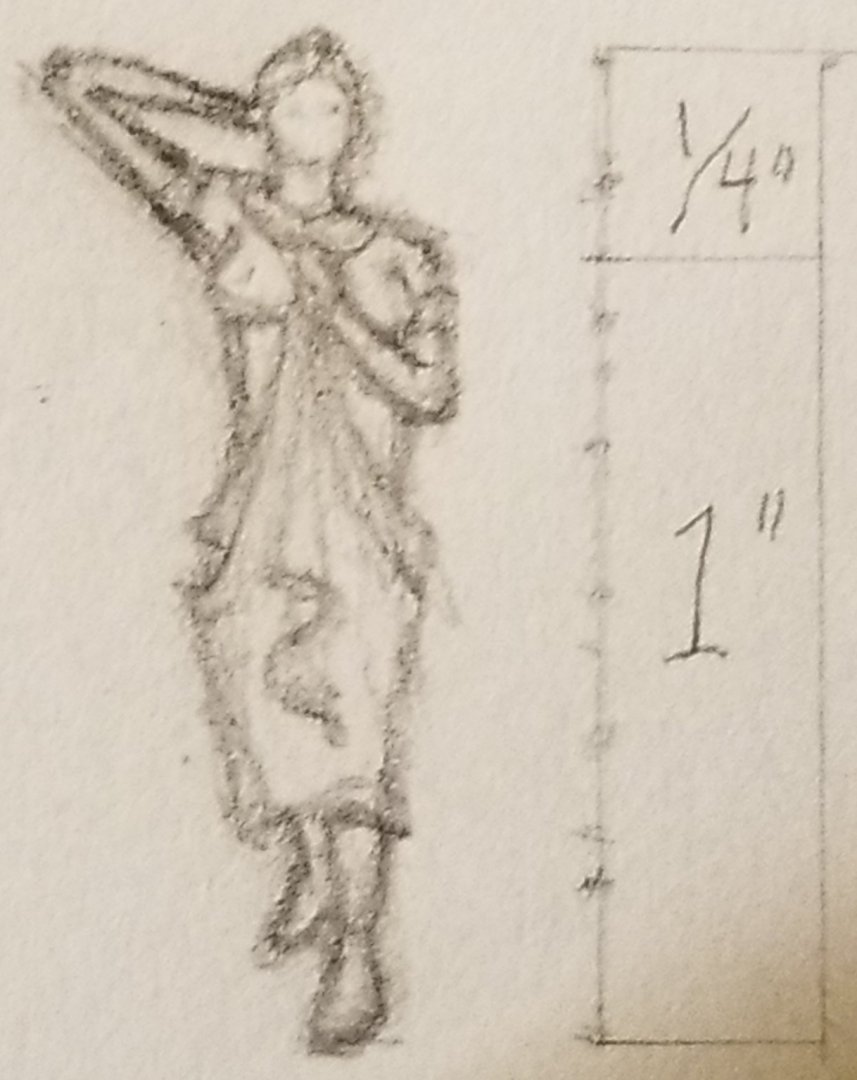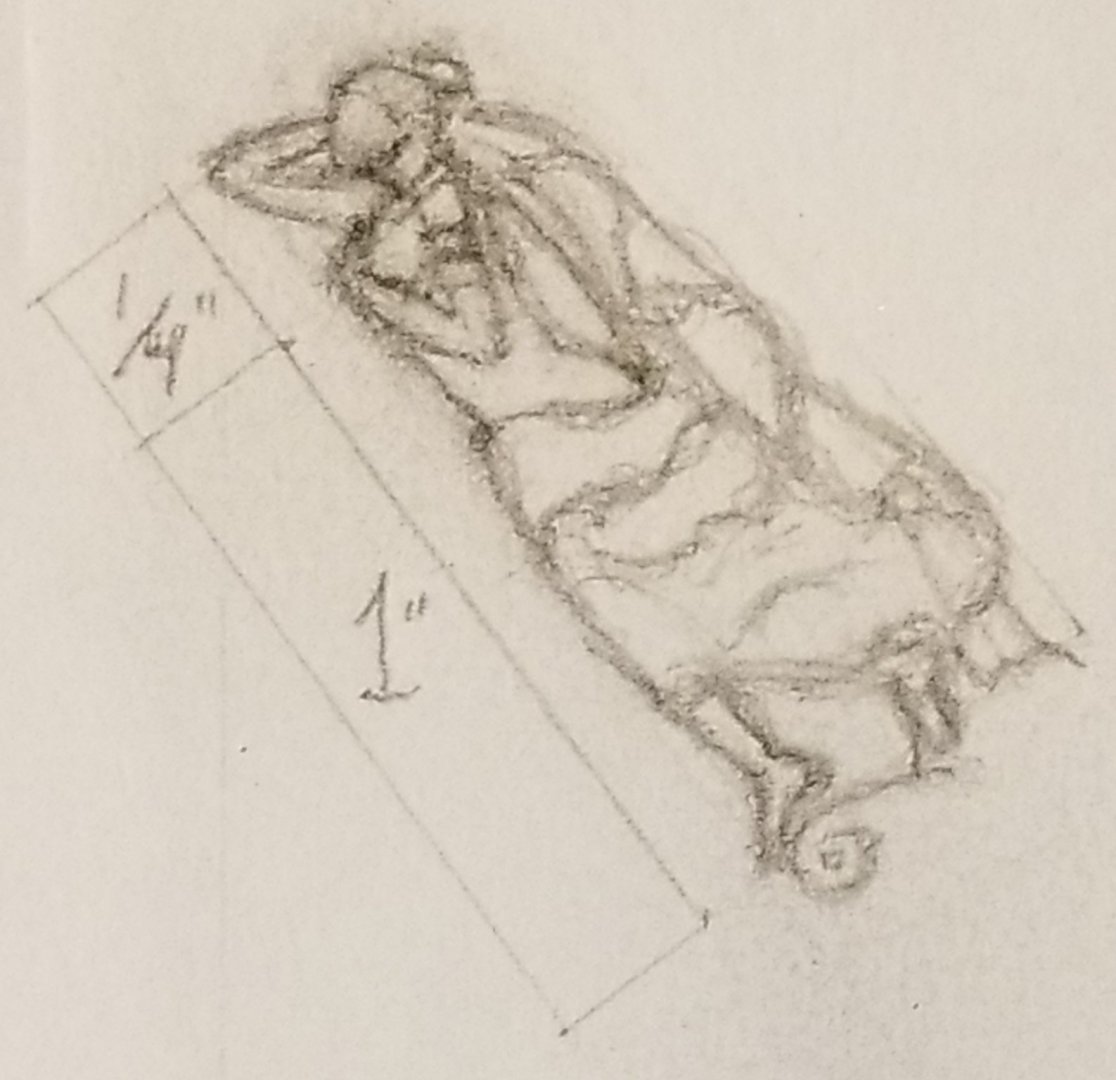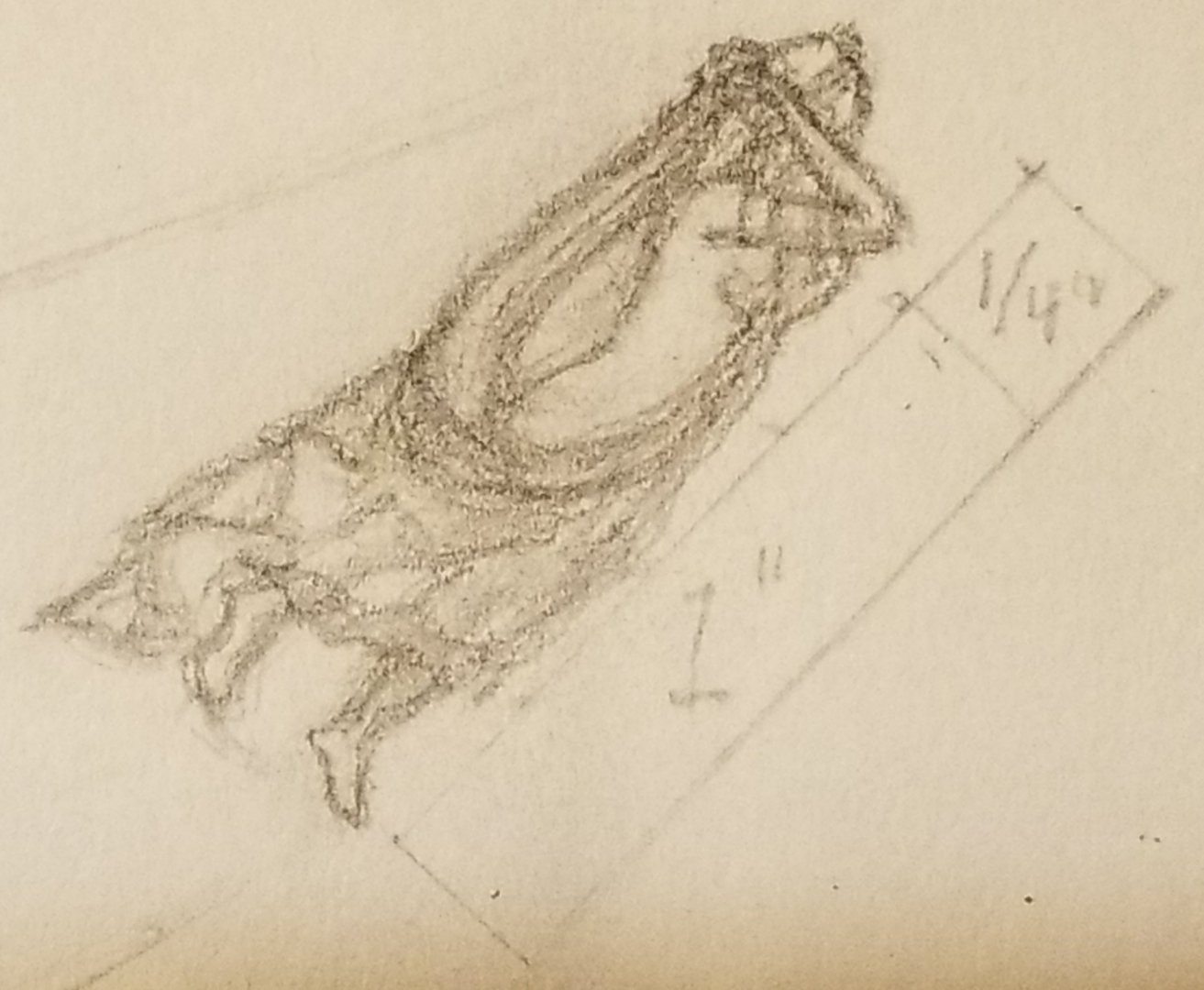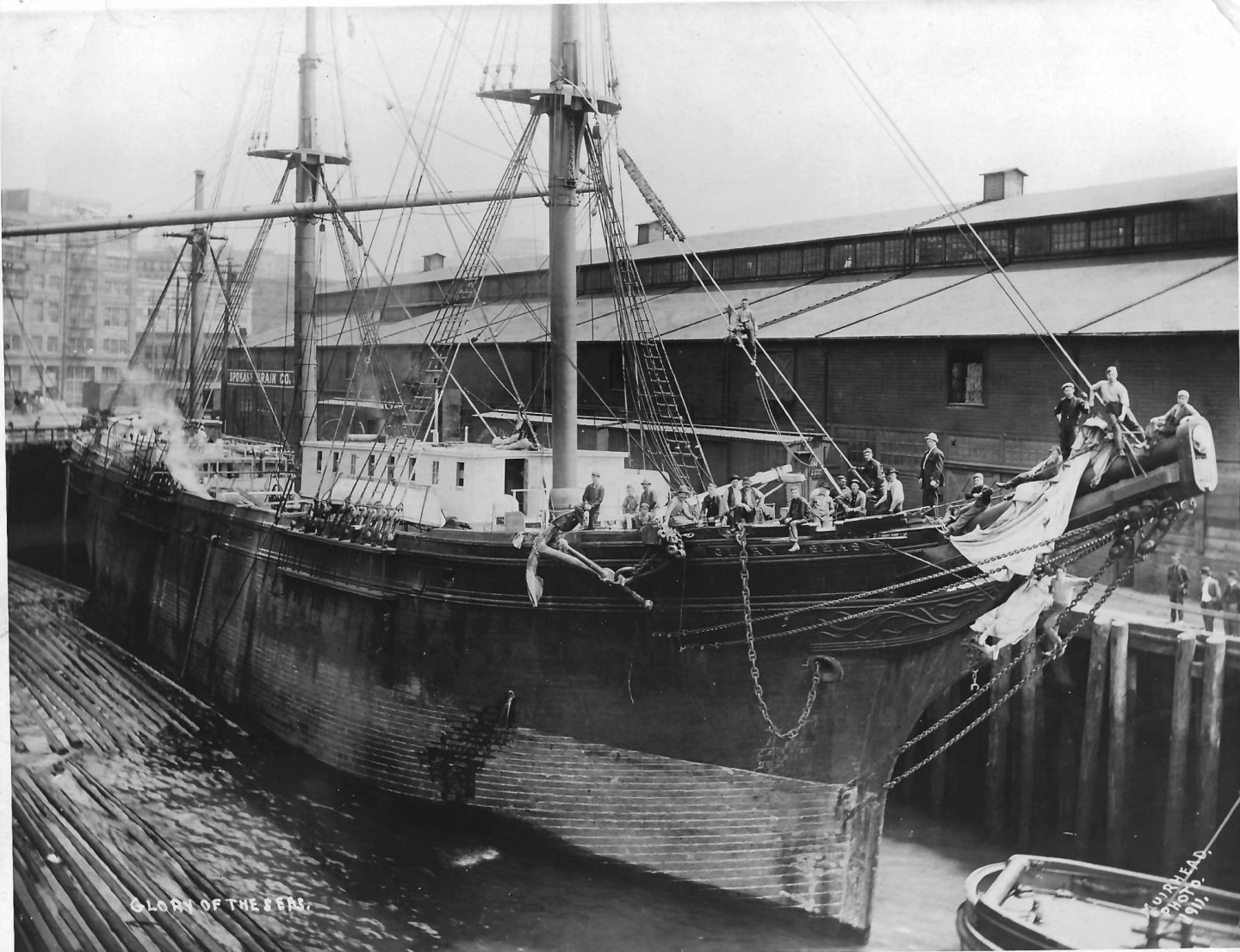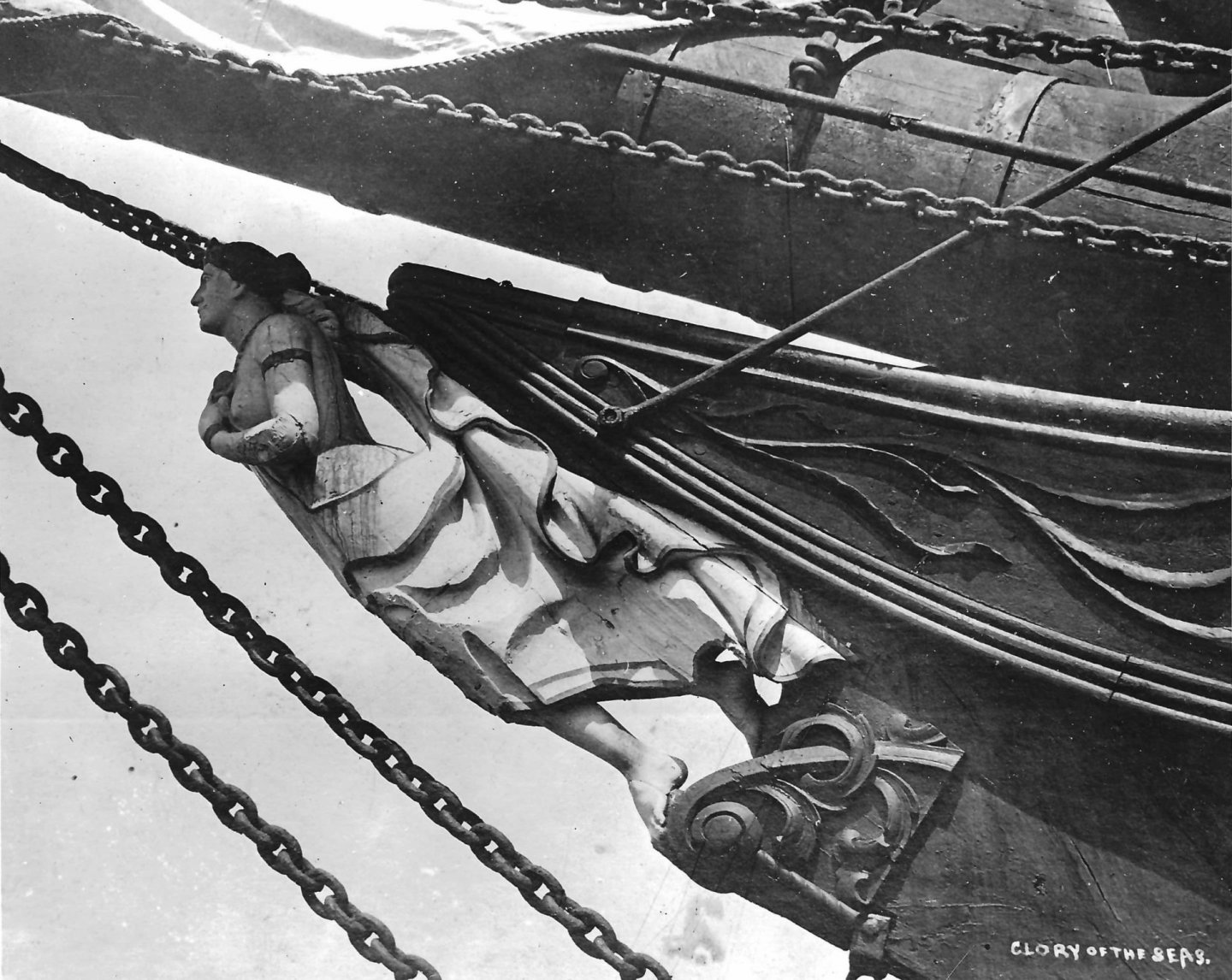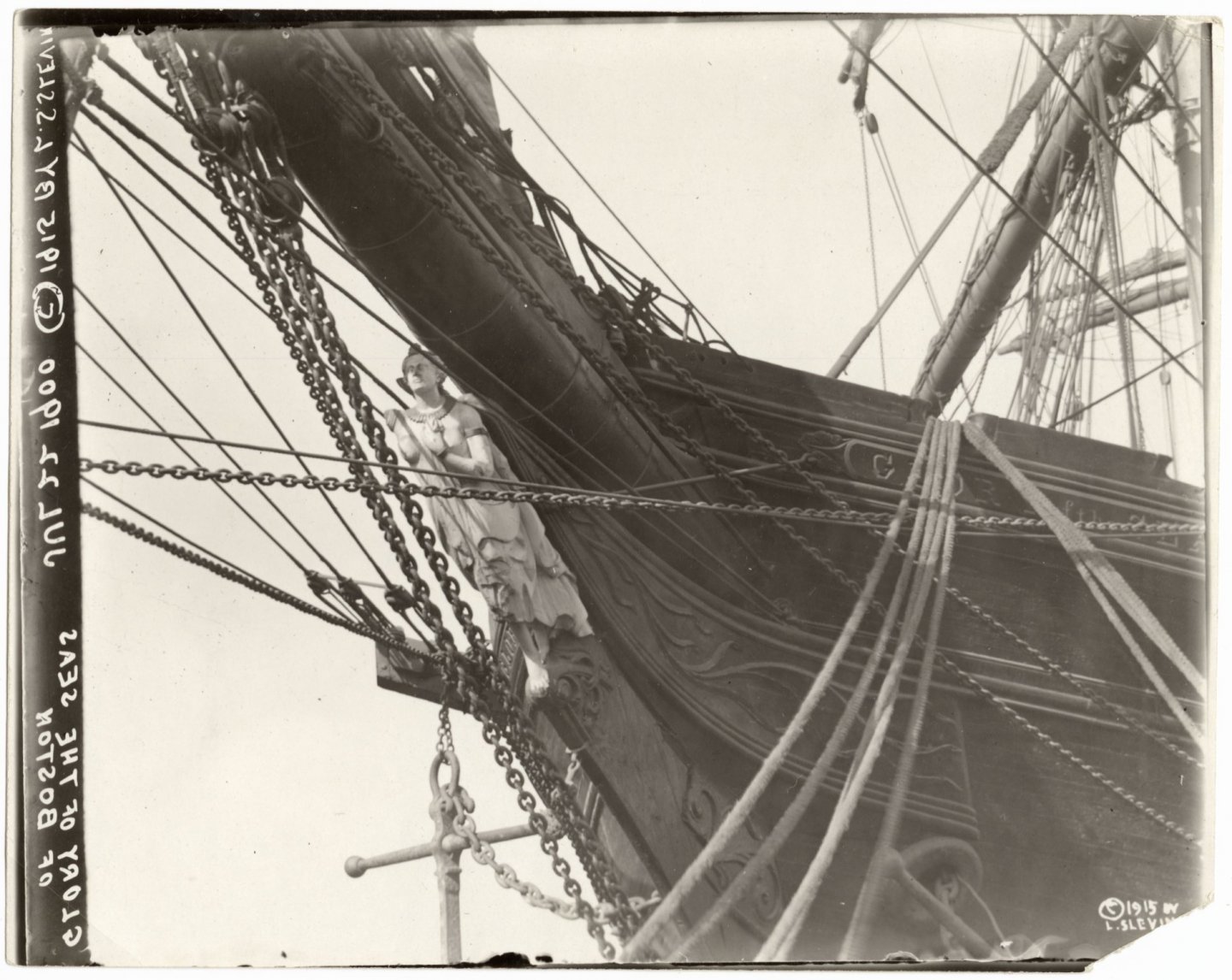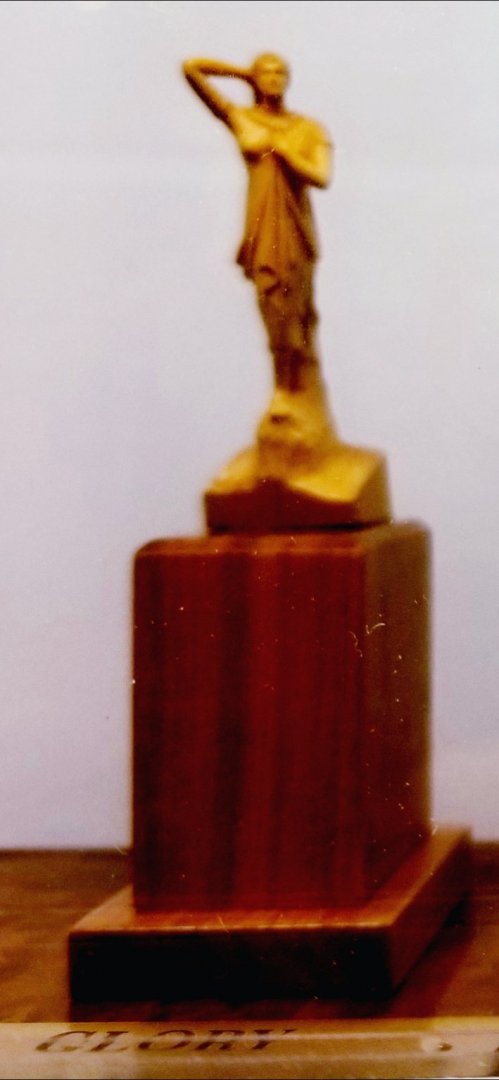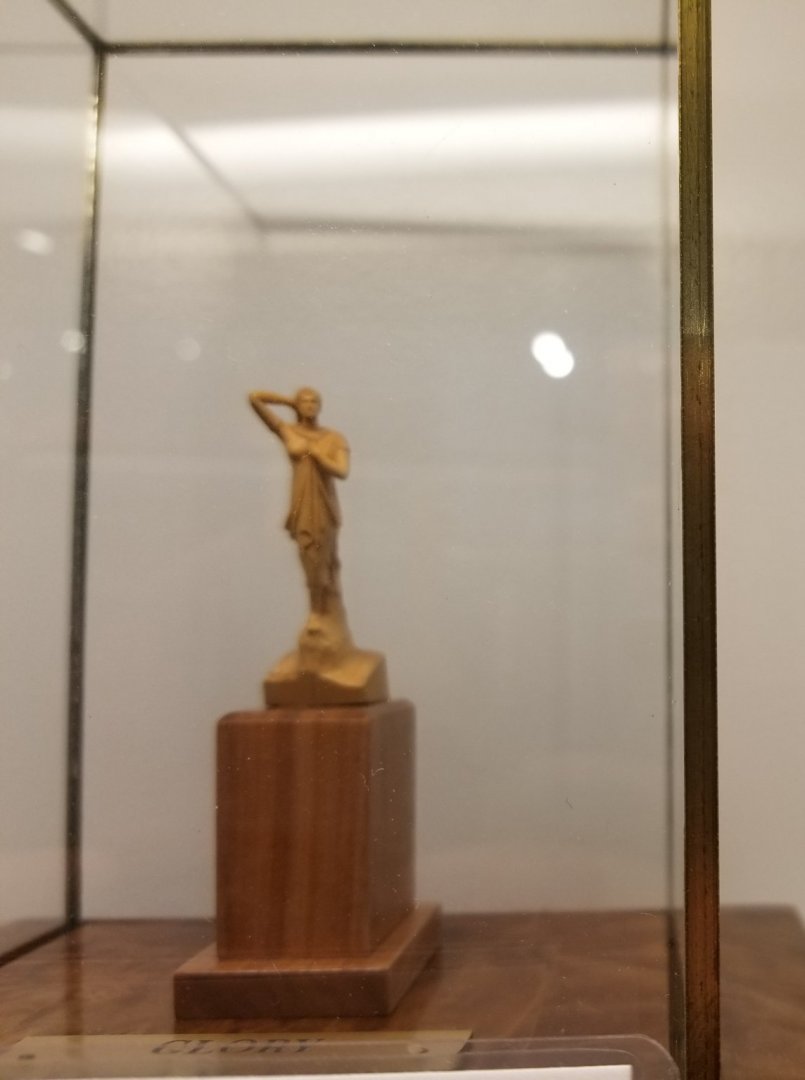-
Posts
2,168 -
Joined
-
Last visited
Content Type
Profiles
Forums
Gallery
Events
Everything posted by ClipperFan
-
Lloyd McCaffery's 'Glory' carving $8,000.00 (I asked out of curiosity) J Russell Jinishian Martime Art Gallery 152 Water Street, Stonington, CT I imagine shipping and insurance would add to that investment. Maybe someday Michael Mjelde may be interested in adding her to his collection. Unless of course, you beat him to it..... 😉
-
Vladimir, watching your and Rob's progress on these incredible "GLORY of the SEAS" Clipper Ships, I know I have nothing to worry about. I'm just doing my best to assist both of you brilliant craftsmen with maintaining accuracy to Glory wherever it's helpful. Meanwhile to observe the creation of not one but two spectacular models of McKay's last, longest lived Clipper is a thrill of a lifetime.
-
Vladimir, as usual, absolutely beautiful work. Her form, like Rob's is developing distinctly to represent "GLORY of the SEAS." An observation which might frustrate you after you put in so much hard work to create it. The upper T'gallant, Fancy or Monkeyrail is solid, enclosed, ie like a box. So all that lovely bulkhead work for the upper works isn't accurate in comparison to the actual vessel herself. That's what Rob pointed out to me when I had to revise my sketch. Honestly, if it's too much of a bother, nobody but us nit-pickers will ever notice it.
-
Rob, nice choice to display variants like this. I take it the alligator clamp is to stiffen the lines so they remain that way later?
- 3,560 replies
-
- clipper
- hull model
-
(and 2 more)
Tagged with:
-
Rob, it is so exciting to see Donald McKay's final beautiful Clipper Ship being realized so artfully in miniature.
- 3,560 replies
-
- clipper
- hull model
-
(and 2 more)
Tagged with:
-
Vladimir, if it helps, I can do sketches of Glory's Figurehead at the 1 1/4" scale you need. Another modeler, first name Doris works with material called 'plasticine' which she sculpts into incredibly lifelike figures that she uses to populate her vessels made of card. One of her latest creations is "Royal Caroline."
-
Tony Hunt that's a great catch. My bias that they wouldn't put the poor old Clipper out to sea without her precious yellow metal protection was wrong. In fact, this cruel cost cutting measure of not reapplying this crucial protection is what led to a god awful barnacle encrustation, just a few years later. Such unforgivable neglect is what ultimately led to her demise as potential restorers determined she had too much dry rot that she would never make the perilous trip back around Cape Horn to Boston, so she was lost to eternity in a funeral pyre.
- 3,560 replies
-
- clipper
- hull model
-
(and 2 more)
Tagged with:
-
Rob, you put yourself down too much. Of all the many observations that have been directed your way, I haven't seen one derogatory comment about your rapid pace. Your results speak for themselves and they continue to be downright impressive.
- 3,560 replies
-
- clipper
- hull model
-
(and 2 more)
Tagged with:
-
Rob, that's just gorgeous . This particular angle reminds me so much of the one which I credit giving us the breakthrough in finally recognizing Glory's genuine Clipper shape. This 1911 Seattle dockside view, which actually wasn't fully available even in Michael's first book, finally shows Glory's true razor sharp Clipper Bow. To me, this aha! moment is what allowed Vladimir to give us the incredibly accurate bulkhead kits. And Rob you're showcasing in your incredibly faithful replica, "GLORY of the SEAS" as she truly appeared. This is such exciting stuff!!!
- 3,560 replies
-
- clipper
- hull model
-
(and 2 more)
Tagged with:
-
Michael, you're welcome and on behalf of Rob's group, I'm sure he welcomes your contributions.
- 3,560 replies
-
- clipper
- hull model
-
(and 2 more)
Tagged with:
-
Michael, in case you haven't had the chance to see Glory's Figurehead on the real vessel, here's 3 beautiful images of her. The first 2 are ones that Michael Mjelde graciously shared with our group, from his over 60 years of researching her.
- 3,560 replies
-
- clipper
- hull model
-
(and 2 more)
Tagged with:
-
Michael, to save you digging time in searching for Rob's earlier posts, here are the 3 images of his unpainted Grecian Goddess 'Athene' with another close up of Lloyd McCaffery's work, which to be fair, while also small is substantially larger than Rob's (possibly 8").
- 3,560 replies
-
- clipper
- hull model
-
(and 2 more)
Tagged with:
-
Michael, as usual Rob will take all credit for the incredibly accurately detailed work that's done. Don't believe him. I have it on good authority that he's secretly contracted with teeny, tiny Elves who do all the hard labor for him! (in reality if you go back far enough he describes how he carved her from some form of dental material) he's even given Lloyd McCafferey a run for his money.
- 3,560 replies
-
- clipper
- hull model
-
(and 2 more)
Tagged with:
-
Rob, again I echo Vladimir's sentiments. Just beautiful, clean work.
- 3,560 replies
-
- clipper
- hull model
-
(and 2 more)
Tagged with:
-
Rob, thanks, I have to do shroud mounts, two rear skylights, fore nameboard (man are they tiny) ship's boats, tackling and some Stern quarter carvings. Then Mike wants to see it. I'm going to see if there's any way to scan it & send it to him. Before I do, I'll share the finished product here.
- 3,560 replies
-
- clipper
- hull model
-
(and 2 more)
Tagged with:
About us
Modelshipworld - Advancing Ship Modeling through Research
SSL Secured
Your security is important for us so this Website is SSL-Secured
NRG Mailing Address
Nautical Research Guild
237 South Lincoln Street
Westmont IL, 60559-1917
Model Ship World ® and the MSW logo are Registered Trademarks, and belong to the Nautical Research Guild (United States Patent and Trademark Office: No. 6,929,264 & No. 6,929,274, registered Dec. 20, 2022)
Helpful Links
About the NRG
If you enjoy building ship models that are historically accurate as well as beautiful, then The Nautical Research Guild (NRG) is just right for you.
The Guild is a non-profit educational organization whose mission is to “Advance Ship Modeling Through Research”. We provide support to our members in their efforts to raise the quality of their model ships.
The Nautical Research Guild has published our world-renowned quarterly magazine, The Nautical Research Journal, since 1955. The pages of the Journal are full of articles by accomplished ship modelers who show you how they create those exquisite details on their models, and by maritime historians who show you the correct details to build. The Journal is available in both print and digital editions. Go to the NRG web site (www.thenrg.org) to download a complimentary digital copy of the Journal. The NRG also publishes plan sets, books and compilations of back issues of the Journal and the former Ships in Scale and Model Ship Builder magazines.

